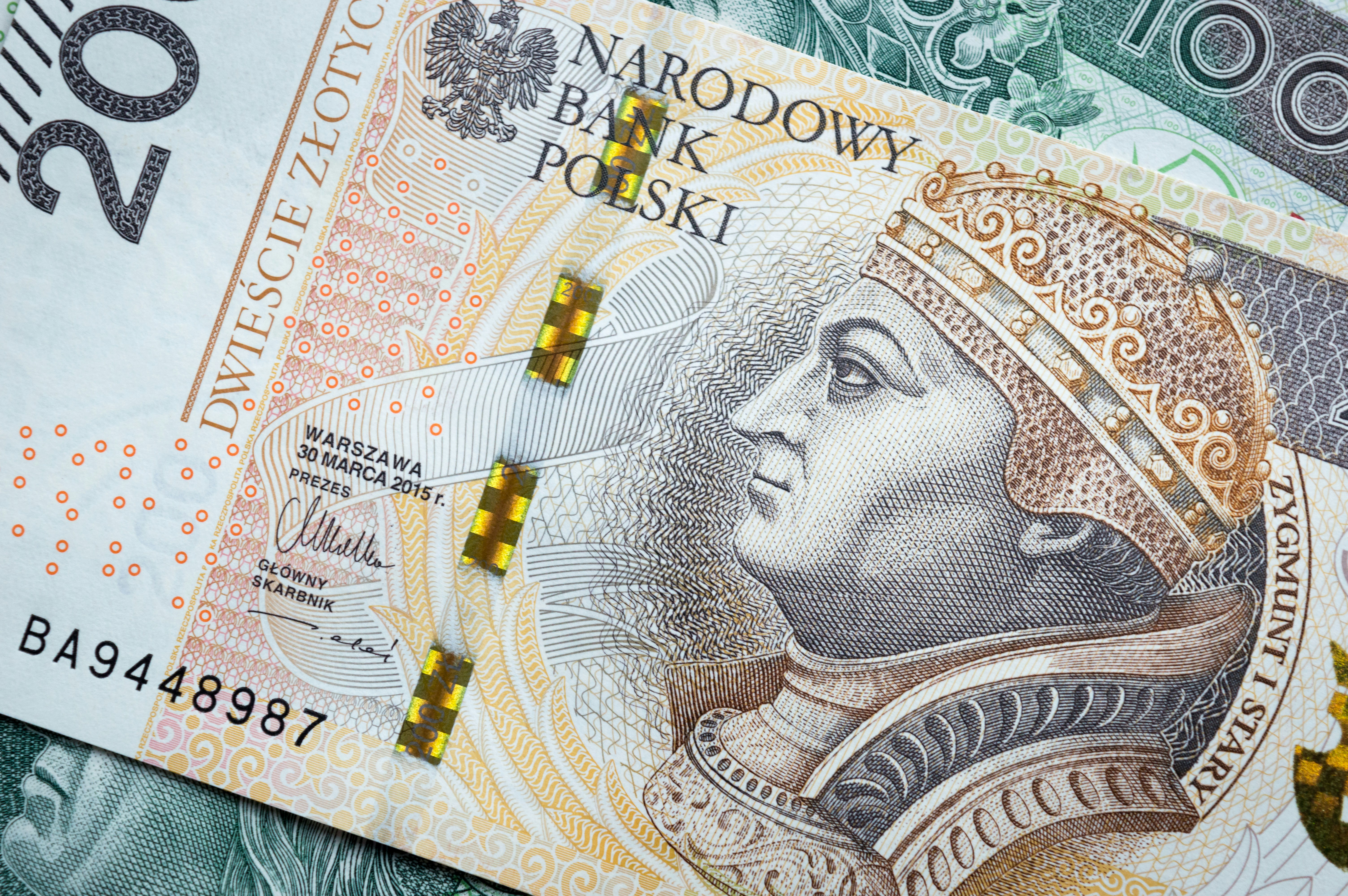Modern investors have a wide choice of instruments: from classic stocks
and bonds to cryptocurrency and IPO. However, there are two main interdependent
criteria remain when choosing them: risk and profitability.
According to the level of risk, all investment instruments can be divided
into 3 groups: high-risk, medium-risk and low-risk. Risk in this case means a
high probability of not returning the invested funds or getting substantially
less compared to the estimated or promised profit.
At this point, an uninformed investor may have a logical question: why
invest in high-risk instruments, if there is a chance to make a profit without
risking anything? We will try to answer it, but first let’s take a look at real
examples
TYPES
OF HIGH-RISK INSTRUMENTS
High-risk instruments, in fact, include any assets that promise an
extremely high (from 30 or more) percentage of income in the shortest possible
time.
Most often they include:
·
Venture capital investments – financing in new, little-known, but
potentially profitable projects for the further sale of own shares in case of
their success. A typical example is startups promoting an innovative idea,
which, in theory, can succeed. It is very difficult or even impossible to accurately
assess the chances of success is extremely difficult, therefore, the level of
risk of not receiving the expected return on invested funds remains high.
·
PAMM accounts – participation in group investment managed by a involved
trader. The degree of risk here depends on the professionalism of the
PAMM-account manager and the decisions made by him, which investors cannot
evaluate and influence. Accordingly, in case of failure, losses are incurred by
all participants, including the trader.
·
Hedge funds – another type of group investment, implying the transfer of
funds to a separate company (hedge fund), which will use them to invest in
various types of assets for a small percentage of their value or level of
profit. On the one hand, this makes it possible for a private investor to take
part in transactions requiring very large investments and promising high
returns, on the other hand, the activities of such organizations are not
regulated by the state.
·
Stocks – investments in stocks are also considered high-risk, but only
partly, since you can find on the stock exchange both the assets of world
giants (for example, Apple or Facebook), which steadily rise in price from year
to year, and small companies that can quickly go bankrupt when they have
internal or external problems. Certain experience and instincts acquired
directly during exchange trading are required to distinguish high-risk stocks
from low-risk assets.
WHY DO TRADERS CHOOSE
THEM?
As already noted in the introduction, the risk is directly related to
profitability, and this are interconnected issues, i.e. the higher the risk,
the higher the potential profit. Moreover, you can get it with a significantly
shorter time than when buying low-risk assets. This feature, the ability to
make a lot of money quickly, is the main driver for many investors.
The choice in favor of risky investments is not always conscious. Such
decisions are often made by novice traders who trade impulsively and want to
receive income from their investments in the shortest possible time.
Unfortunately, in the vast majority of cases, such investments result in a
complete loss of funds. However, this fact does not mean that high-risk
instruments do not have the right to exist.
They are popular among experienced and professional traders and
investors. Basically, active traders who conduct aggressive trading and earn on
short-term fluctuations in asset prices prefer them.
Also, high-risk instruments with are actively used when creating so-called
balanced investment portfolios. In general, they are designed to receive 5-10%
of income over a fairly long period – from three to five years, so the number
of aggressive investments in them does not exceed 10%.
Thus, despite serious financial risks, such instruments may be profitable
if a trader is skilled and know how to handle them, therefore they continue to
exist in the market and are in demand.


